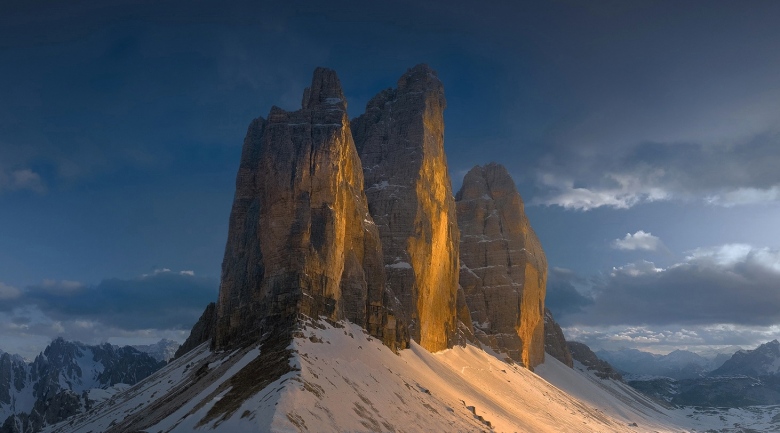
Designing AI systems capable of accurate instance-level landmark recognition (i.e., distinguishing Niagara Falls from just any waterfall) and retrieving images (matching objects in an image to other instances of that object in a catalog) is a longstanding pursuit of Google’s AI research division. Last year, it released Google-Landmarks, a landmarks data set it claimed at the time was the world’s largest, and hosted two competitions (Landmark Recognition 2018 and Landmark Retrieval 2018) in which more than 500 machine learning researchers participated.
Today, in a significant step toward its goal of more sophisticated landmark-detecting computer vision models, Google open-sourced Google-Landmarks-v2, a new, larger landmark recognition corpus containing twice as many photos and seven times as many landmarks. Additionally, it’s launched two new challenges (Landmark Recognition 2019 and Landmark Retrieval 2019) on Kaggle, its machine learning community, and released the source code and model for Detect-to-Retrieve, a framework for regional image retrieval.
